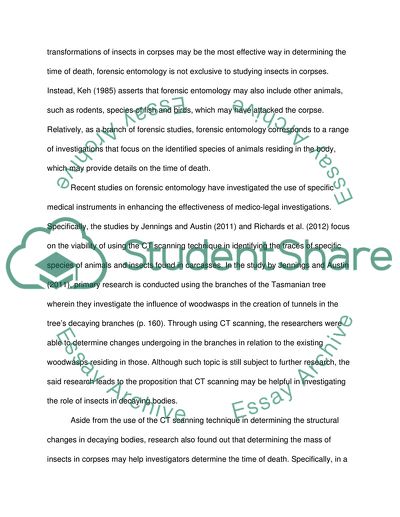Cite this document
(Using Computed Tomography (CT) Scanning Technique in Forensic Research Paper, n.d.)
Using Computed Tomography (CT) Scanning Technique in Forensic Research Paper. Retrieved from https://studentshare.org/medical-science/1785576-forensic-entomology
Using Computed Tomography (CT) Scanning Technique in Forensic Research Paper. Retrieved from https://studentshare.org/medical-science/1785576-forensic-entomology
(Using Computed Tomography (CT) Scanning Technique in Forensic Research Paper)
Using Computed Tomography (CT) Scanning Technique in Forensic Research Paper. https://studentshare.org/medical-science/1785576-forensic-entomology.
Using Computed Tomography (CT) Scanning Technique in Forensic Research Paper. https://studentshare.org/medical-science/1785576-forensic-entomology.
“Using Computed Tomography (CT) Scanning Technique in Forensic Research Paper”, n.d. https://studentshare.org/medical-science/1785576-forensic-entomology.


